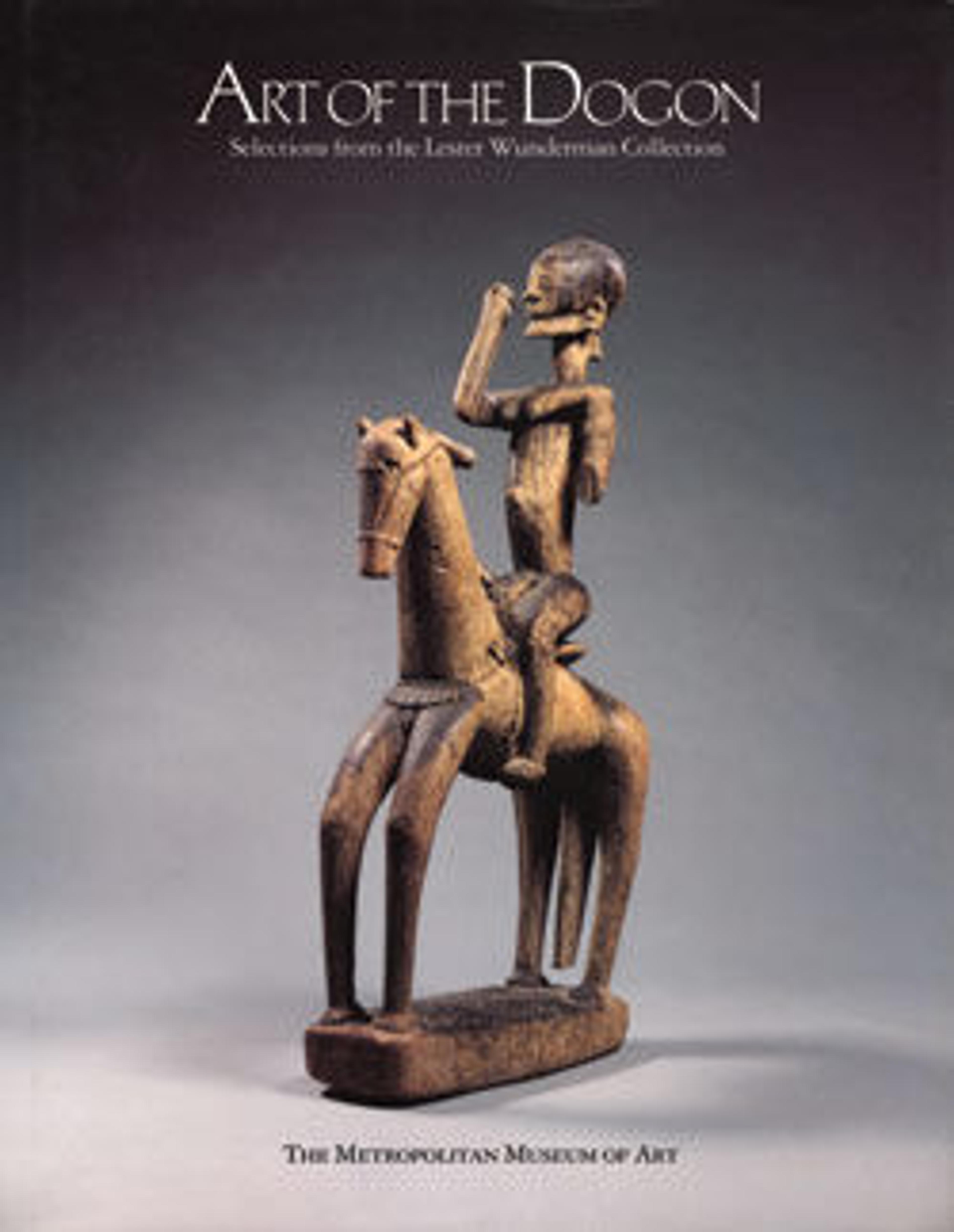Shutter with lizard and figures
This wooden shutter was designed to adorn the aperture to a granary. Its imagery also conveys a meaningful message. A long lizard, its limbs symmetrically spread, extends across the panel, creating six small spaces where abstracted human and animal figures stand as guardians. One figure covers its face, perhaps in gesture of respect or modesty. Related representations are also depicted on Dogon stools, staffs, and wooden containers, linking all these objects through shared symbols of protection, renewal, and communal responsibility. Far more than an architectural element, this panel reflects the belief that ancestors, nature, and community work together to safeguard the harvest and uphold tradition.
Sandro Capo Chichi, Research Associate, Arts of Africa, 2025
Sandro Capo Chichi, Research Associate, Arts of Africa, 2025
Artwork Details
- Title: Shutter with lizard and figures
- Artist: Dogon blacksmiths
- Date: Late 19th–mid-20th century
- Geography: Mali, Bandiagara Escarpment
- Culture: Dogon peoples
- Medium: Wood, iron
- Dimensions: H. 28 1/2 × W. 18 1/2 × D. 3 1/2 in. (72.4 × 47 × 8.9 cm)
- Classification: Wood-Architectural
- Credit Line: Gift of Lester Wunderman, 1977
- Object Number: 1977.394.29
- Curatorial Department: The Michael C. Rockefeller Wing
More Artwork
Research Resources
The Met provides unparalleled resources for research and welcomes an international community of students and scholars. The Met's Open Access API is where creators and researchers can connect to the The Met collection. Open Access data and public domain images are available for unrestricted commercial and noncommercial use without permission or fee.
To request images under copyright and other restrictions, please use this Image Request form.
Feedback
We continue to research and examine historical and cultural context for objects in The Met collection. If you have comments or questions about this object record, please complete and submit this form. The Museum looks forward to receiving your comments.
